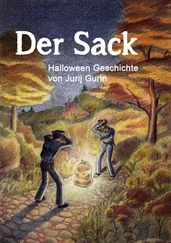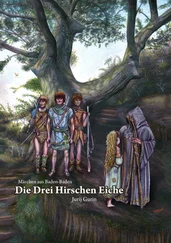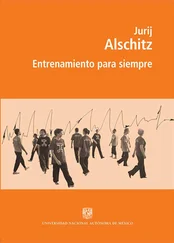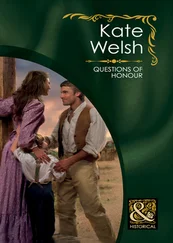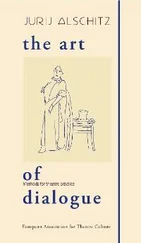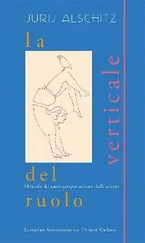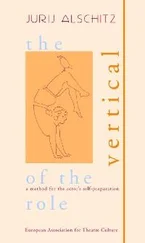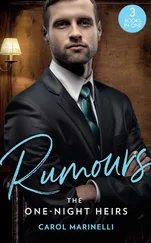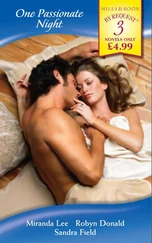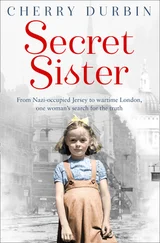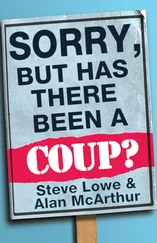But with the passing years, somewhat expanding my knowledge of theatre, I came to understand that “conflict” is by no means a characteristic of every theatre. There are other cultures besides. For example, the traditions of Eastern theatre are not characteristic of conflict as we understand it in European theatre. So today, when the borders of theatre are becoming increasingly blurred, I wouldn’t recommend that an actor be dogmatic in understanding the nature of conflict and the laws of its construction. A conflict can remain static for all time. It might not be resolved and it might not disappear. A scene can be constructed without any conflict at all. But in this case you have to understand and organise life on stage in a completely different way to what we are accustomed to. That is why in such cases we have to look for “tension”. It is a similar phenomenon. But all the same it is already a different world, another philosophy, a different theatre. The concept of “tension” increases our possibilities of seeing and creating a scene with invisible links, on unnoticed nuances, as if on a molecular scale. It could be said that the scene is not constructed but comes about according to the law of dynamic harmony to be found in nature. It is as if everything is evenly distributed and exists in harmony, while nonetheless there is tension. And thanks to this tension life takes on boundless meaning and volume of action. Within us there develop unclear, dequilescent feelings towards it and as a direct result of this the many possible ways of reading it. Learning to read the tension of a scene means being able to read the tension between a river and a field, between snow and a railway track.
I first came across this issue in the Soviet Union when I started out on my career as a director. The fact is that from the time of Stalin it had been said that as there were no antagonistic classes and no conflicts in socialist society, then they should not exist in contemporary drama. In performances about the lives of Soviet people it was proposed that conflict take the form of a struggle between the “good” and the even “better”. Harmony of happiness instead of conflict! A proposition – if we refer to Aristotle – impossible in dramatic art, yet nonetheless performances were staged, and some very good ones too. Only with the passing of time did I come to understand that this and the following generation of Soviet directors were forced to learn to create polar tension for a scene and a role in total harmony with all its components. And I believed that communist dictatorship had made a great discovery for contemporary theatre according to which conflict in theatre is not a struggle, but rather harmonious tension.
The concept of conflict is more specific and defined in dramatic theatre than tension. You can “touch” it, as they say. But also within this concept, seemingly already known and familiar to actors, there is a great deal more that has to be grasped and used in an analysis of a role.
Thus a conflict in classical drama can be defined as a conflict of two personnages, two groups of people or two philosophies. But in viewing it as a confrontation of religions, civilisations, generations, states or mere people, in any case you have to see the conflict of the Ideas in it before all else. The higher and stronger the actor sees the conflict the better his acting and his energy will be. Otherwise you can get bogged down and submerged in petty conflicts.
It could be said that a conflict does not exist just within the drama, it always exists outside the framework of the play and the performance too.
Discovery of all the possible conflicts is possible by one means only – by analysing the role in various spheres – ideological, philosophical, psychological, aesthetic, physiological, artistic, national, sexual, political conflicts, conflicts of age, emotions, words and a thousand other things. In other words, if you take a role apart from different positions then the conflict becomes larger and more capacious.
The best thing is to make the analysis of the conflict of your role thus so it is impossible to express it in one formulaic phrase. This discovery, which I came to over time, completely contradicts what I was taught. The definition of the conflict should be so complicated and confused that the actor’s psychological and physical abilities do not know what to do, how to act it out, how to embody it on stage. And, on the other hand, everything should be absolutely clear and precise to the actor’s artistic “Self”. This is the foundation for the dialectics of the link between theory and practice, between analysis and embodiment.
When I propose carrying out such a multi-layered analysis of the nature of conflict actors normally get nervous and revolt. They want to know everything exactly. And the sooner the better. They believe it is very important to visualise the main direction of the plot and the struggle clearly. They believe it necessary to reveal and name the conflict precisely. They believe that this is a deposit in confident acting. But it is a mistake. Because clarity and definition destroy the improvised nature of a living search and lowers creative energy, it turns the acting into a series of simple, logically justified actions. It will be proper, but nothing more.
There are thousands of different kinds of conflict and places where they occur. It would be impossible to list them all but they can all be important for the actor. So you have to look at as many possibilities and variations as possible. They will form by themselves into a sphere of conflict, where they will weave between each other like worms in a fisherman’s can.
Conflicts can be divided into separate categories. And in accordance with each category analyse the role and the scene. For example an open conflict is one that lies on the surface. It is open to both the personnage and the audience. This kind of conflict has least energy and gives little to an actor. Taking this as a foundation you generally have to work with variations of it, looking for unexpected moves and techniques. However you act out an open conflict it is never the main motive force of the scene or the role as it has no inner secrets or energy. But this kind of conflict can serve as good camouflage for another conflict that is hidden and has not come to light. If a conflict is expressed in the text or actions of your personnage then you have to look for one on a deeper level, which doesn’t express itself directly. A hidden conflict is when the personnage knows about it but does not express it in words or actions for a long period. It comes to light at a particular point in the play and the role. Sometimes it never comes to light. This kind of conflict is richer and more intense, it has the energy of a secret, of the “underground”, it gives the actor greater freedom for improvisation.
The conflict can be internal – experienced by the personnage himself – and external – between the personnage and the surrounding world. Actors often take a greater interest in the first, believing that if a personnage has no internal contradictions then it will be of little interest to interpret the role. This idea came to them and remained with them from an enthusiasm for psychological theatre. But I can assure you that external conflict is often more of a game, and however strange it may seem, more emotional than internal conflict. It is often much harder to portray. Three quarters of the world’s plays are structured on external conflict.
Personally I would like to add that an actor’s undying love for “feelings” should not deprive the personnage of the right to live without internal conflict and in external harmony. After all, a man can be in harmony with himself and with the world. Everything can be well at work, at home, with his health, financially, with friends and in love. Here you have to seek out other techniques to portray such a personnage.
Читать дальше

